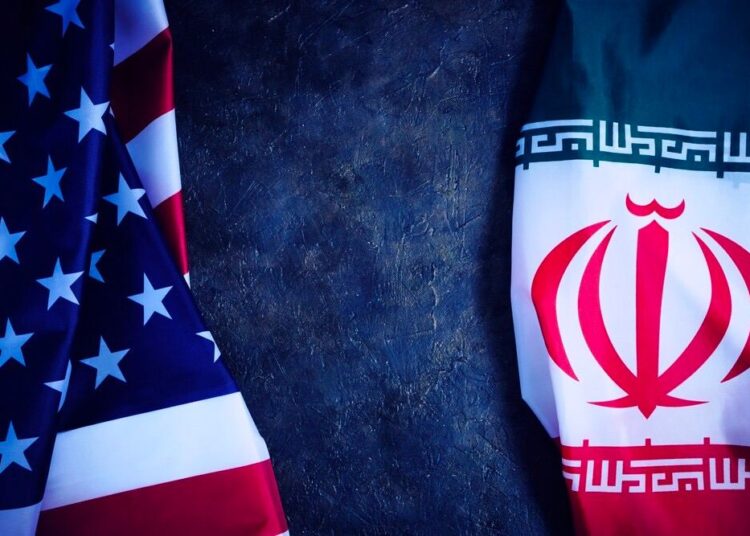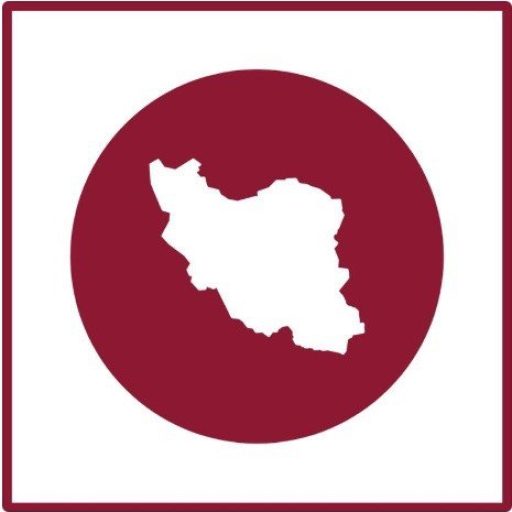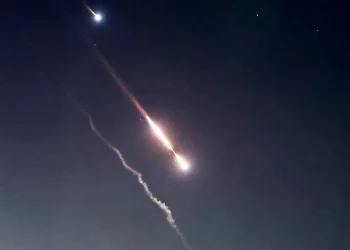The unfolding dynamics concerning the deal between Iran and the United States, predominantly in the domain of prisoner exchange and the release of Iran’s frozen financial resources, appears to be advancing towards decisive junctures. The ambience encasing the progression of this pact intertwines trepidation with anticipations. Accents thrown by Iranian officials coupled with continuous consultations are reflective of a positive signal from Iran while also embodying Tehran’s heightened scrutiny of Washington’s conduct.
The Foreign Ministry spokesperson of Iran, at a weekly press conference, stated, “A deal has emerged, a span of four to seven weeks marked out. We observe the work advancing. If steered smoothly, this could serve as a constructive pace towards subsequent stages for the US to indulge in a responsible return to the [nuclear] agreement.”
According to Nasser Kanaani, “We await the full implementation of the recent understanding with the US government.”
On the 26th of August, Iran’s foreign minister engaged in separate phone calls with his Omani and Qatari counterparts. Underlying these dialogues was the exchange of perspectives on bilateral, regional and global affairs, as well as fresh coordination navigating the concluding stages of the Iran-US accord.
Both Oman and Qatar have contributed directly and constructively throughout the negotiations until an accord was achieved between Tehran and Washington on the critical matters of prisoner exchange and release of a portion of Iran’s frozen money. Presently, they hold the titles of observers and to some extent guarantors of the complete execution of said accord.
“Iran appreciates the supportive involvement of friendly governments in the region, including Oman and Qatar,” Iranian Foreign Ministry spokesperson announced, “Lifting sanctions takes precedence, for which we will leverage our diplomatic potentials.”
Following the transfer of Iranian funds from South Korea to Switzerland, the subsequent shift of Iranian capital to a Qatari bank seems to be imminent, presumably the primary topic during Iran’s recent discussions with Oman and Qatar concerning America’s further implementation of the agreement.
The centerpiece of the Iran-US deal pertains to granting Tehran access to its assets in South Korea. Associated disputes have influenced the relations between Iran and South Korea over the years. Previously, Iran and the US had mulled over these financial resources and frequently appeared to accord, but without eventually materializing. Tehran blames Washington for renouncing former agreements; hence, the recent accord hinging on prisoner exchange relies upon Tehran’s confidence in gaining access to unfrozen financial resources. Indeed, given the intricate character of this agreement and mutual suspicions harbored by Iran and the US, Iran is incessantly eyeing US actions regarding the agreement’s execution with heightened vigilance.
Earlier media reports speculated that the prisoner exchange would be mediumed via Qatar, though Qatari authorities have deferred their definitive stance on the matter until later. The transfer of Iran’s frozen financial reserves remains a pioneering stride in realizing this pact, which might, in due course, unfold to free prisoners and ensure a total fulfillment of the agreement. Siamak Namazi, Morad Tahbaz, and Emad Sharqi are among the three American detainees who are slated for release from Iran. The identities of the remaining two prisoners are yet unrevealed.
Nonetheless, the trajectory for resource and prisoner transference possesses a convoluted nature. The inventory of media narratives concerning the agreement’s execution, coupled with the remarks of Iranian and American authorities, don’t fully illumine the intricate dimensions entangled within. Recent proclamations by both Iranian and American officials have exuded divergent cues and messages, adding further layers of opacity. Iran prescribes a span of two months for executing the swap agreement, yet Washington, reflected by Jake Sullivan, the US National Security Adviser, hasn’t disclosed a specific timeline.
Remarkably, this comes post the prisoner exchange accord – giving birth to various suppositions on the prospect of the talks broadening to encompass other matters, including nuclear negotiations and sanctions lifting. Some media conjectures indicated Iran might tender an elevated sale of oil in trade-off for certain steps in the nuclear realm, including the reducing pace in the production of highly enriched uranium.
In reference to the proliferation of the negotiations to alternative domains, the Iranian Foreign Ministry spokesperson remarked, “While the American government professes interest in engaging with Iran in direct talks, therein promising the resolution of disputes and ensuring the JCPOA’s implementation, we simultaneously witness the imposition of novel sanctions as well as the seizure and unloading of oil cargo. These actions are starkly incongruous with the messages forwarded to Iran in preparation for direct talks and return to the agreement.”
Certain observers propound that, influenced by domestic and international calculations, the White House is strategizing on managing the ‘Iranian issue’ until completion of the presidential elections, threading together negotiations with Iran and the Persian Gulf Countries while also escalating force deployments within the region. Particularly prominent throughout the United States election campaign, the recent accord between Tehran and Washington concerning prisoner exchange and freeing a segment of Iran’s money has been exploited as bait by critics and rivals of Joe Biden. Contenders in the US presidential race have portrayed the accord as paying ransom to Iran.






